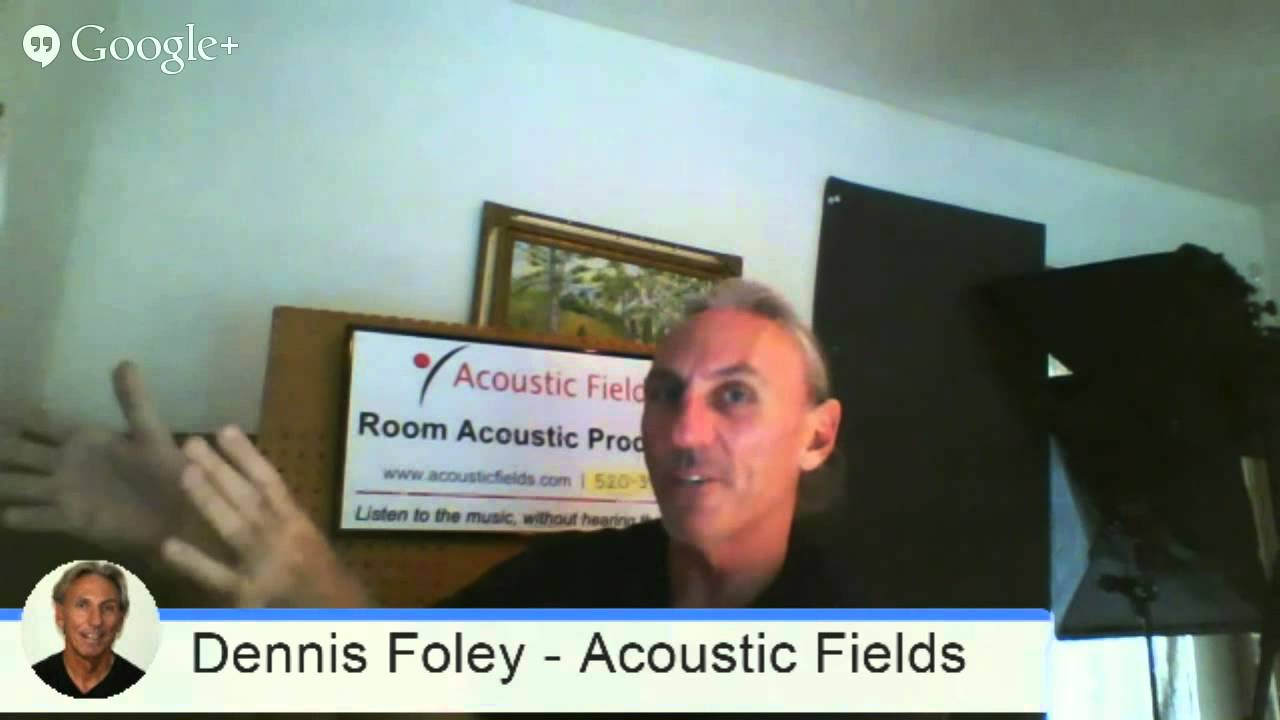In a recent hangout I was asked “Can you just explain a little bit more about Sound Transmission Class? STC, what is this?” Well STC is the ability the structure has, a wall any kind of barrier technology. A barrier is something you erect between yourself and the noise source. The easiest and fastest and most efficient way to stop noise is to erect a barrier between you and the noise source. That barrier, depending on how it’s built, will keep certain frequencies out and let certain frequencies through.
So the ability of that barrier to keep noise out gets what’s called a Sound Transmission Class rating. So it’s the percentage of sound that it is able to block out for you. Generally the higher the STC rating the more sturdy and the more frequencies and the greater levels of isolation it can provide. But barrier technology is a completely different thing to acoustic treatment, they’re completely different approaches.
The science, the underlying science is the same but when you’re dealing with barrier technology you’re talking about vibrations not airborne sound energy that hits the surface and is converted to vibrations. So you don’t have sound energy in the air anymore, you have vibrations in a structure. So the structure has to be designed to handle vibrations not absorption or diffusion or anything like that, completely different.
Lots of people confuse those. There’s a big difference in barrier technology if you’re stopping frequencies below 125 or above. Above 125 it’s pretty easy, almost anybody can do it themselves, below 125 it’s very difficult, it’s very difficult. I have three wall designs that are below 125 and they’re like nine layers. You know very expensive, very expensive, probably 11-inches thick, 9 different layers but it’ll stop a hundred cycles.
So it’s the trade-off that you go through. So it’s just a rating for measurement purposes so you can compare structures and also gives you a limit to work with. If you’ve got a huge problem outside and you measure it and it’s 30dB over what it needs to be then your wall barrier has to reflect that 30dB and deal with it. So it’s a unit of measure that we use and most companies that sell barrier technology they have that STC rating attached to it.
In Summary
I hope this discussion helped. Feel free to contact me directly at: 520 – 392 – 9486 MST or info@acousticfields.com if you have any questions about sound transmission class data. If you would like to learn more about room acoustics please sign up for my free videos and ebook by joining the mailing list here. And if you would like your room acoustic issues analysed for free by me then please fill in the form here and I will be happy to take a look for you.
Thanks and speak soon
Dennis







